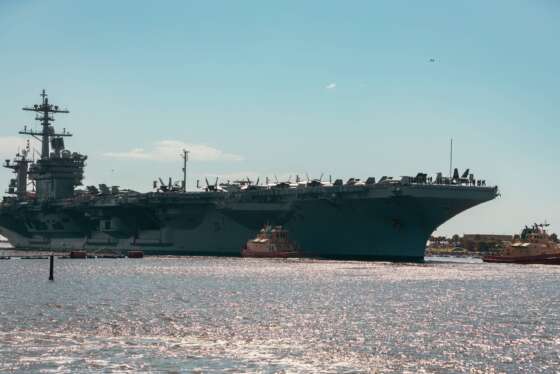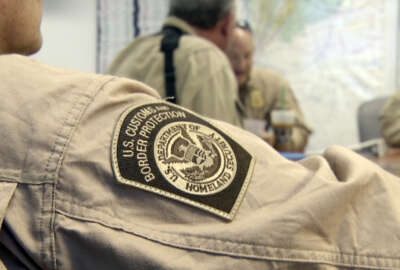Hubbard Radio Washington DC, LLC. All rights reserved. This website is not intended for users located within the European Economic Area.
NASA engineer helped Chilean miners
Clint Cragg, principal engineer with the NASA\'s Engineering and Safety Center at the Langley Research Center, joined the DorobekINSIDER to discuss some of the ...
The rescue efforts of the 33 miners in Chile depended on the expertise at NASA. The agency sent three health care professionals, as well as an engineer — Clint Cragg — to provide advice for creating the rescue capsule.
Cragg, principal engineer with the NASA’s Engineering and Safety Center at the Langley Research Center, joined the DorobekINSIDER to discuss some of the recommendations he and his NASA team made that helped with the rescue.
Shortly after the miners were discovered to be still alive, the Chilean government requested U.S. help. Cragg spent five days in Chile, including three at the mine site. While in the country, Cragg met with the Chilean Navy engineers who would be charged with constructing the rescue capsule.
“In my discussions with these Navy engineers, I found the kind of guidance they were being given to design this capsule really wasn’t flushed out very well,” Cragg said.
When he returned home, Cragg immediately set to work putting together a team of 20 engineers, mostly from NASA. They were working on a tight deadline — Chile’s Minister of Health would decide on a design for the capsule within a week, Cragg said.
In three short days, Cragg’s team compiled a list of 75 suggested design requirements for the capsule.
“That list was eventually used by the Navy engineers to come up with that final design,” Cragg said.
One of the NASA team’s recommendations was to design the capsule so that a miner could get inside by himself.
“At the end of the day, there was going to be just a single miner left down there, and if he needed help getting in, he’d be kind of in trouble,” Cragg said.
The Chilean Navy engineers also used NASA’s suggestion to place spring-loaded rollers on the capsule’s exterior to avoid the scraping that might be caused by the jagged rock surface of the shaft. Inside the capsule, there was oxygen, lighting, two-way audio communication, a loose-fitting harness in case the miner passed out on the way up, and enough room inside to let the miner place his hand in front of his face to adjust his helmet or goggles. All were part of the NASA recommendation list.
Cragg gives credit mostly to the Chilean navy engineers who did the “heavy lifting” of constructing the capsule.
“Putting together a number of suggested design requirements is the easy part; the designing and building is the hard part,” he said.
As he witnessed the rescue efforts, Cragg said he was “thrilled and very relieved.”
“I tried to watch very closely how that capsule was working and it looked to me like it was working like a champ,” he said.
For more on NASA’s efforts in Chile, see an interview from Sept. 2 on The Federal Drive
Copyright © 2024 Federal News Network. All rights reserved. This website is not intended for users located within the European Economic Area.
Related Topics
Fed Photo of the Day

USS George Washington (CVN 73) Pulls Into Naval Station Mayport
Daily photos of things happening in and around the federal government.



